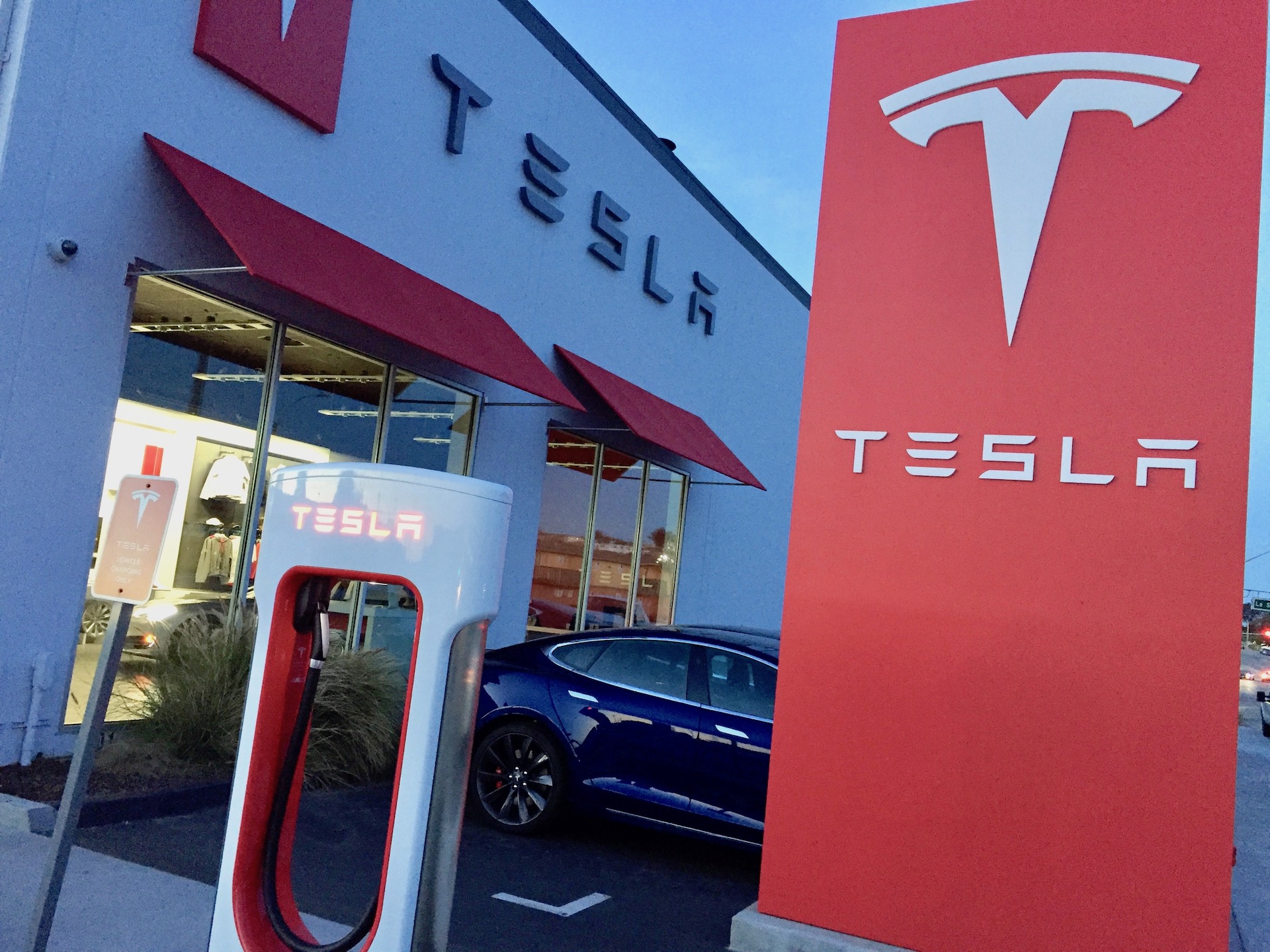
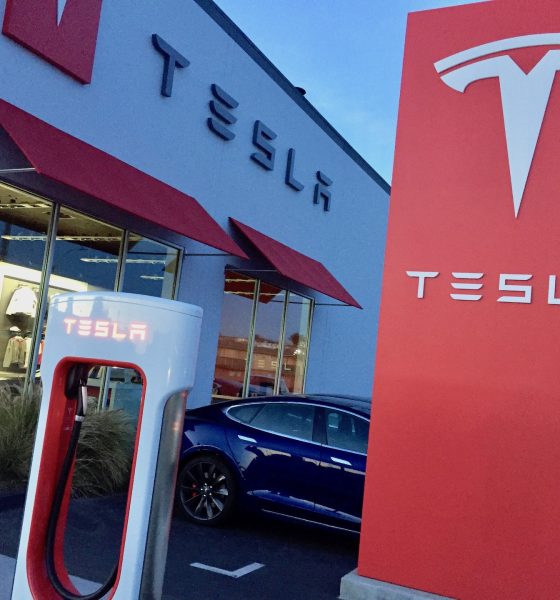
Investor's Corner
Tesla Bitcoin purchase could launch SEC investigation, former Branch Chief says
Tesla’s $1.5 billion purchase of the cryptocurrency Bitcoin could be subjected to an investigation, according to Doug Davidson, a former Branch Chief of the Securities and Exchange Commission’s Divison of Enforcement. The SEC could look into the exact date of Tesla’s BTC purchase, as well as if CEO Elon Musk’s tweets gave its investment an appreciation in value.
Earlier this week, Tesla shocked many by announcing a $1.5 billion Bitcoin investment in a 10-K filing with the SEC. Along with the announcement, Tesla said it plans to begin accepting Bitcoin for purchases of its electric cars and other products.
The 10-K filing shows that Tesla made the investment sometime in January 2021 and stated that it “may acquire and hold digital assets from time to time or long-term.” According to Davidson, the SEC could be looking into Tesla’s purchase of Bitcoin, along with Musk’s support of the cryptocurrency, as the CEO’s actions have influenced several price spikes in the past. The question could come down to when, exactly, Tesla purchased Bitcoin.
“It would not be surprising—given the focus on the chief executive’s tweets, bitcoin pricing, and recent dramatic market moves—for the SEC to ask questions about the facts and circumstances here,” Davidson said to the Telegraph newspaper.
Another figure, Vitor Constâncio, former Vice President of the European Central Bank, said that the timing is really what makes the SEC’s probe understandable to him. Because Tesla didn’t disclose the purchase when it happened, he says that Musk’s tweets supporting Bitcoin appreciated their investment.
“It was not disclosed when Tesla had made this investment,” Constâncio said to Forbes. “This was followed by many statements that he supported bitcoin. Bitcoin kept going up, and the Tesla investment has appreciated.”
Musk does influence the markets. On numerous occasions, it has been proven the most relevant being Signal Advance Inc. stock, which shot up over 11,700% after investors misunderstood a Musk tweet. The other being Dogecoin, another cryptocurrency that has spiked at times Musk has mentioned it on Twitter.
It seems unlikely that Musk can be blamed for his influence. He is a unique CEO who gives constant product updates and talks with Tesla owners on a nearly daily basis and has indicated in the past that investments should line up with personal beliefs. Musk’s interest in Bitcoin may have led to Tesla’s purchase of the crypto, but it also holds several advantages as it expands aggressively into foreign markets.
Tesla’s Bitcoin buy filled with advantages: ARK Invest’s Keeney
The SEC and Musk have a past as well, which seems to influence a microscope-like focus from the government agency on the Tesla CEO. In 2018, the SEC settled fraud charges with Musk, who paid $40 million in penalties and required his voluntary removal as Tesla’s Chairman. The lawsuit began after Musk tweeted that he could be taking Tesla private at $420, “funding secured.”
Musk stated later on that he “does not respect the SEC.”
No official investigation has been launched by the SEC, nor is it confirmed whether the government agency is looking into Musk or Tesla’s Bitcoin purchase.

Investor's Corner
Tesla stock closes at all-time high on heels of Robotaxi progress
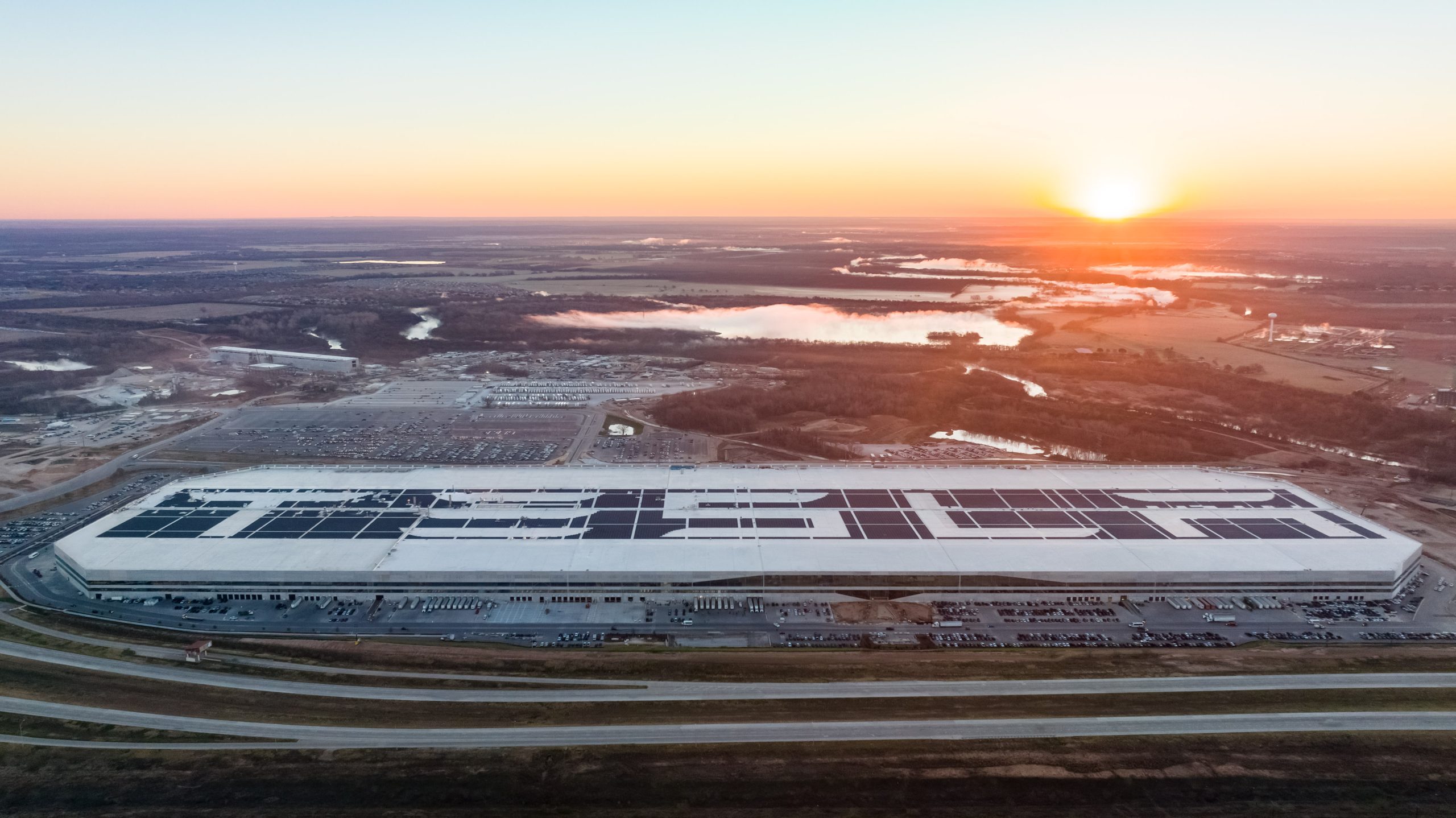
Tesla stock (NASDAQ: TSLA) closed at an all-time high on Tuesday, jumping over 3 percent during the day and finishing at $489.88.
The price beats the previous record close, which was $479.86.
Shares have had a crazy year, dipping more than 40 percent from the start of the year. The stock then started to recover once again around late April, when its price started to climb back up from the low $200 level.
This week, Tesla started to climb toward its highest levels ever, as it was revealed on Sunday that the company was testing driverless Robotaxis in Austin. The spike in value pushed the company’s valuation to $1.63 trillion.
Tesla Robotaxi goes driverless as Musk confirms Safety Monitor removal testing
It is the seventh-most valuable company on the market currently, trailing Nvidia, Apple, Alphabet (Google), Microsoft, Amazon, and Meta.
Shares closed up $14.57 today, up over 3 percent.
The stock has gone through a lot this year, as previously mentioned. Shares tumbled in Q1 due to CEO Elon Musk’s involvement with the Department of Government Efficiency (DOGE), which pulled his attention away from his companies and left a major overhang on their valuations.
However, things started to rebound halfway through the year, and as the government started to phase out the $7,500 tax credit, demand spiked as consumers tried to take advantage of it.
Q3 deliveries were the highest in company history, and Tesla responded to the loss of the tax credit with the launch of the Model 3 and Model Y Standard.
Additionally, analysts have announced high expectations this week for the company on Wall Street as Robotaxi continues to be the focus. With autonomy within Tesla’s sights, things are moving in the direction of Robotaxi being a major catalyst for growth on the Street in the coming year.
Elon Musk
Tesla needs to come through on this one Robotaxi metric, analyst says
“We think the key focus from here will be how fast Tesla can scale driverless operations (including if Tesla’s approach to software/hardware allows it to scale significantly faster than competitors, as the company has argued), and on profitability.”
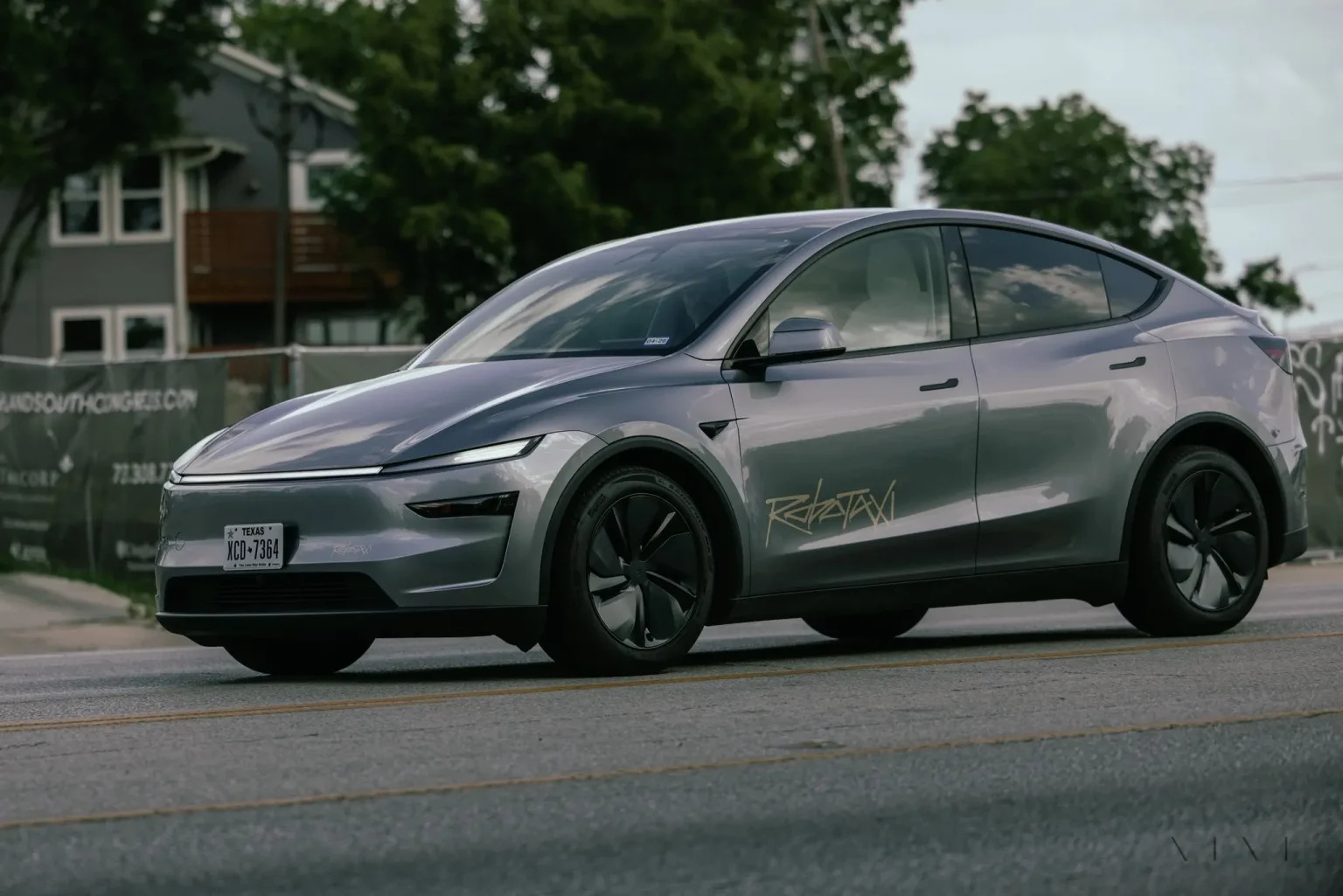
Tesla needs to come through on this one Robotaxi metric, Mark Delaney of Goldman Sachs says.
Tesla is in the process of rolling out its Robotaxi platform to areas outside of Austin and the California Bay Area. It has plans to launch in five additional cities, including Houston, Dallas, Miami, Las Vegas, and Phoenix.
However, the company’s expansion is not what the focus needs to be, according to Delaney. It’s the speed of deployment.
The analyst said:
“We think the key focus from here will be how fast Tesla can scale driverless operations (including if Tesla’s approach to software/hardware allows it to scale significantly faster than competitors, as the company has argued), and on profitability.”
Profitability will come as the Robotaxi fleet expands. Making that money will be dependent on when Tesla can initiate rides in more areas, giving more customers access to the program.
There are some additional things that the company needs to make happen ahead of the major Robotaxi expansion, one of those things is launching driverless rides in Austin, the first city in which it launched the program.
This week, Tesla started testing driverless Robotaxi rides in Austin, as two different Model Y units were spotted with no occupants, a huge step in the company’s plans for the ride-sharing platform.
Tesla Robotaxi goes driverless as Musk confirms Safety Monitor removal testing
CEO Elon Musk has been hoping to remove Safety Monitors from Robotaxis in Austin for several months, first mentioning the plan to have them out by the end of 2025 in September. He confirmed on Sunday that Tesla had officially removed vehicle occupants and started testing truly unsupervised rides.
Although Safety Monitors in Austin have been sitting in the passenger’s seat, they have still had the ability to override things in case of an emergency. After all, the ultimate goal was safety and avoiding any accidents or injuries.
Goldman Sachs reiterated its ‘Neutral’ rating and its $400 price target. Delaney said, “Tesla is making progress with its autonomous technology,” and recent developments make it evident that this is true.
Investor's Corner
Tesla gets bold Robotaxi prediction from Wall Street firm
Last week, Andrew Percoco took over Tesla analysis for Morgan Stanley from Adam Jonas, who covered the stock for years. Percoco seems to be less optimistic and bullish on Tesla shares, while still being fair and balanced in his analysis.
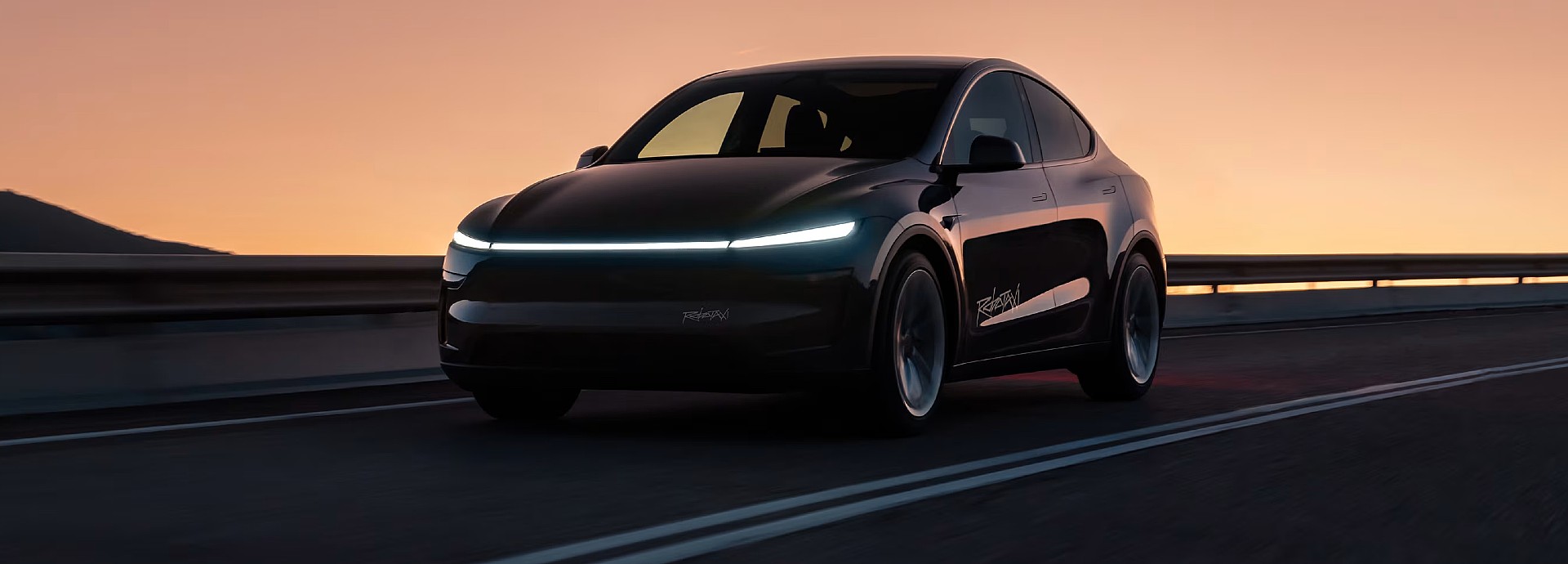
Tesla (NASDAQ: TSLA) received a bold Robotaxi prediction from Morgan Stanley, which anticipates a dramatic increase in the size of the company’s autonomous ride-hailing suite in the coming years.
Last week, Andrew Percoco took over Tesla analysis for Morgan Stanley from Adam Jonas, who covered the stock for years. Percoco seems to be less optimistic and bullish on Tesla shares, while still being fair and balanced in his analysis.
Percoco dug into the Robotaxi fleet and its expansion in the coming years in his latest note, released on Tuesday. The firm expects Tesla to increase the Robotaxi fleet size to 1,000 vehicles in 2026. However, that’s small-scale compared to what they expect from Tesla in a decade.
Tesla expands Robotaxi app access once again, this time on a global scale
By 2035, Morgan Stanley believes there will be one million Robotaxis on the road across multiple cities, a major jump and a considerable fleet size. We assume this means the fleet of vehicles Tesla will operate internally, and not including passenger-owned vehicles that could be added through software updates.
He also listed three specific catalysts that investors should pay attention to, as these will represent the company being on track to achieve its Robotaxi dreams:
- Opening Robotaxi to the public without a Safety Monitor. Timing is unclear, but it appears that Tesla is getting closer by the day.
- Improvement in safety metrics without the Safety Monitor. Tesla’s ability to improve its safety metrics as it scales miles driven without the Safety Monitor is imperative as it looks to scale in new states and cities in 2026.
- Cybercab start of production, targeted for April 2026. Tesla’s Cybercab is a purpose-built vehicle (no steering wheel or pedals, only two seats) that is expected to be produced through its state-of-the-art unboxed manufacturing process, offering further cost reductions and thus accelerating adoption over time.
Robotaxi stands to be one of Tesla’s most significant revenue contributors, especially as the company plans to continue expanding its ride-hailing service across the world in the coming years.
Its current deployment strategy is controlled and conservative to avoid any drastic and potentially program-ruining incidents.
So far, the program, which is active in Austin and the California Bay Area, has been widely successful.








